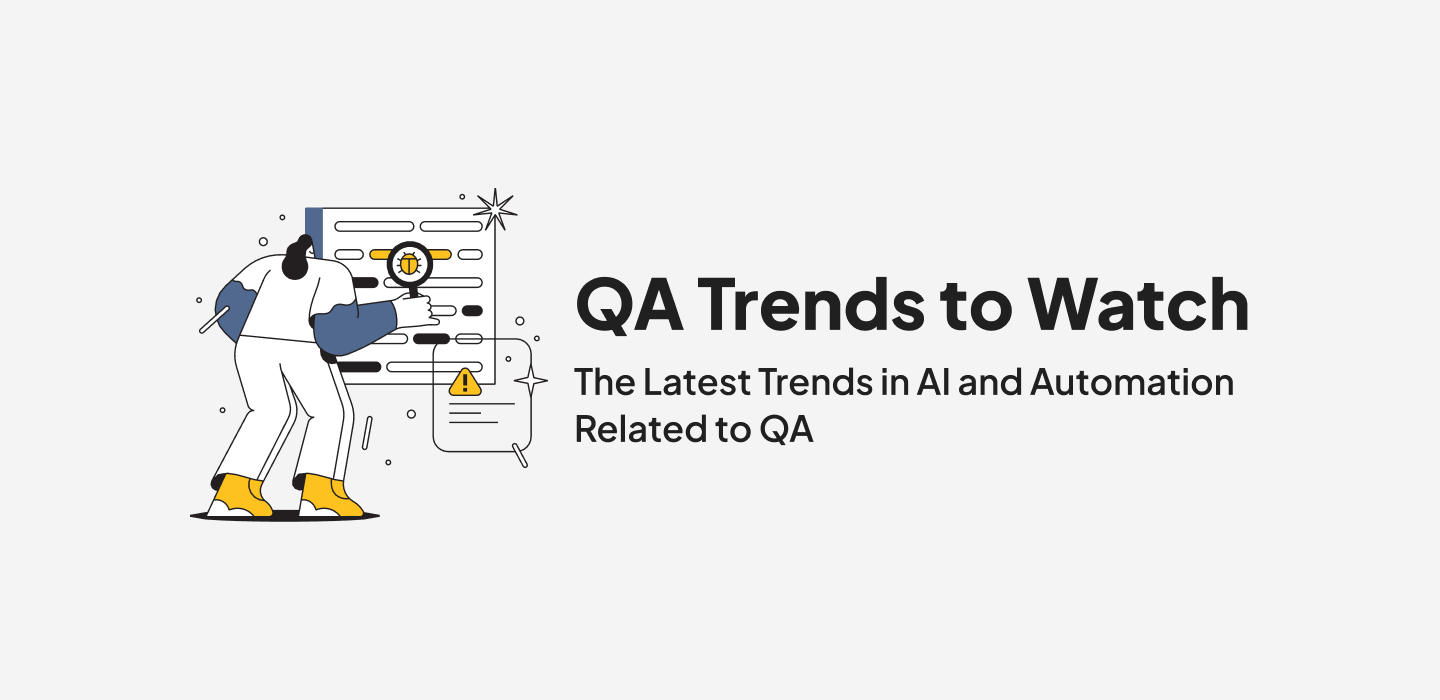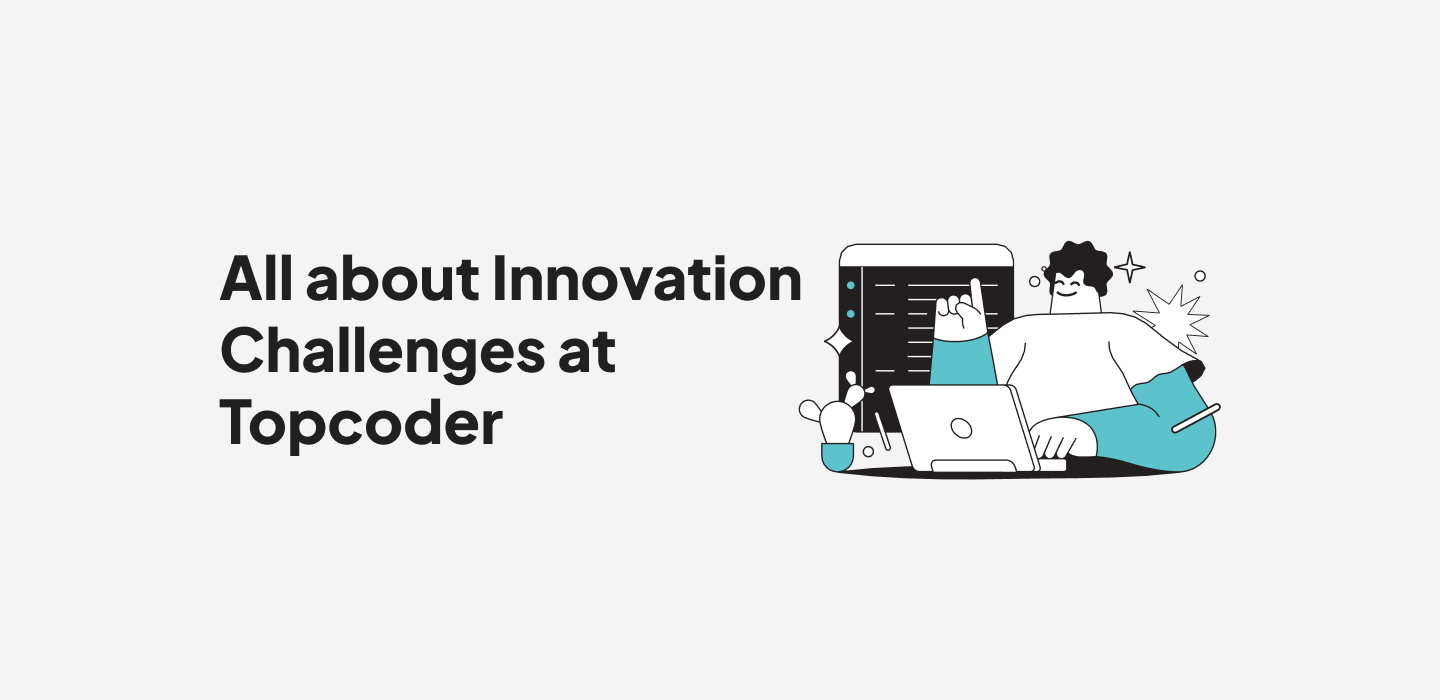April 3, 2020 Four Public Sector Leaders Share Why They Innovate With On-Demand Talent
Topcoder has partnered with government agencies and public organizations for 10+ years, helping them succeed in digital transformation through crowdsourcing. Agencies like NASA, NIST, the Bureau of Reclamation, and nonprofits like SpaceNet have grown their on-demand talent programs, using them to meet complex challenges.
INSIGHTS FROM LEADERS: HOW ON-DEMAND TALENT EMPOWERS THE PUBLIC SECTOR
Recently, we sat down with a panel of public sector leaders at the Topcoder Innovation Summit, (TCO19) including Lynn Buquo Manager of Center of Excellence for Collaborative Innovation at NASA; Mark Apgar, JTWS Lead Systems Engineer for USSOCOM; Jennifer Beardsley, Reclamation’s Prize Competition Program Administrator for the U.S. Bureau of Reclamation; and Terese Manley, Prize Competition and Challenge Specialist for the NIST Open Innovation team. They shared how on-demand talent has helped execute projects and why they expect to ramp up on-demand talent use in 2020.
Lynn Buquo, NASA
NASA was one of the first government agencies to use on-demand talent. Originally, NASA partnered with a few key open talent platforms including Topcoder to test the acquisition model. Their results were so impressive, they earned recognition from the White House Office of Science and Technology Policy for success in open-source innovation.
Jennifer Beardsley: U.S. Bureau of Reclamation
For Beardsley and the team at the USBR, on-demand talent is helping them shift focus in how it brings water to the west. USBR helps build structures and reclaim land in the West to provide critical access to energy, food, and water infrastructure. This requires a hefty amount of maintenance. In the past, Topcoder and USBR have partnered to run challenges involving weather algorithms.
To have success with open talent models, you have to position the value to upper management, she says. It’s a bold, relatively new, and certainly unique acquisition model that can be difficult to articulate. To build support, Jenn recommends starting small with realistic goals and scaling once you can prove value. Try positioning on-demand talent as a “what if?”: “What if we try on-demand talent to solve this issue?”
Terese Manley, NIST
NIST has tapped Topcoder’s community to help build differential privacy algorithms that enable security safeguards for shared data pools between government and research teams.
When do you use on-demand talent vs. a grant or contract? Manley says it’s all about the speed. While contracts and grants are fabulous resources, on-demand talent provides unparalleled speed and productivity. Terese says that once she showed the results to her research team, they understood the value fast.
Mark Apgar, USSOCOM
Because USSOCOM deals with sensitive information, project pieces need to be broken down into internal and external execution. This requires more upfront scope time, but that is balanced by speed in challenge execution. Traditional algorithm development can take years in-house at the agency, whereas the Topcoder segment takes about 6 weeks, giving Mark and his team the ability to get rapid results.
Agencies naturally have friction points with on-demand talent due to the sensitive nature of information. By breaking projects down and finding areas where on-demand talent can support solutions, agencies boost overall speed-to-launch and reduce end budgets.
Learn More About Public Sector Impact
Innovation in the public sector is notoriously challenging, but progressive agencies are making exceptional progress with open talent strategies. Learn more about Topcoder’s public sector projects and capabilities in our e-book, Delivering Public Sector Impact Through Crowdsourcing. Or to get started, contact us.
VP, Marketing


